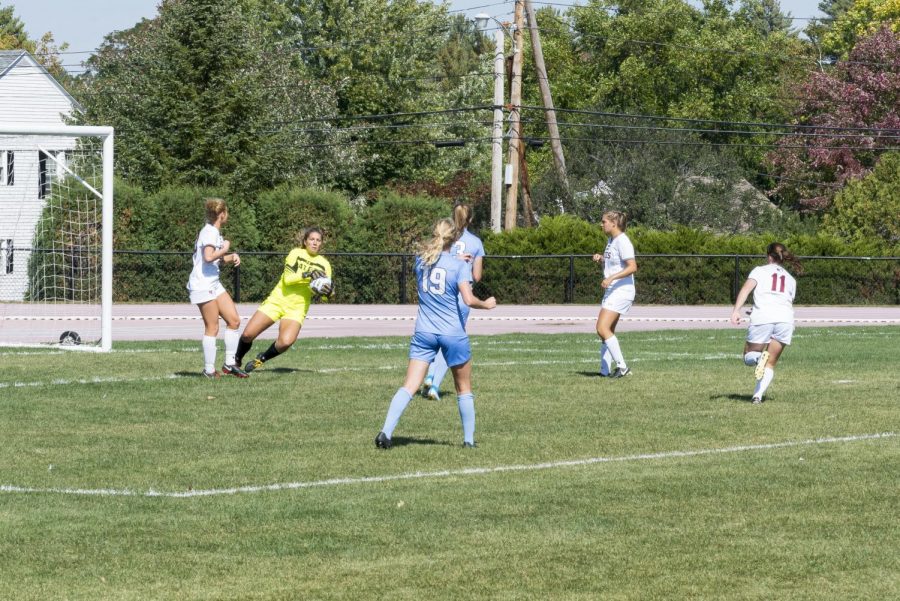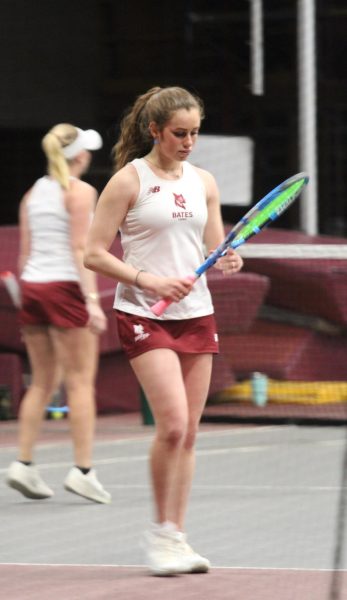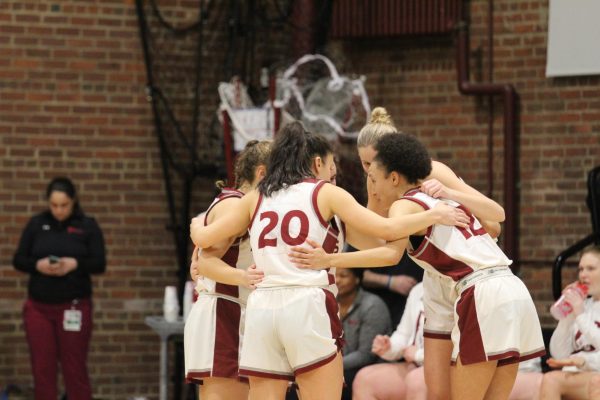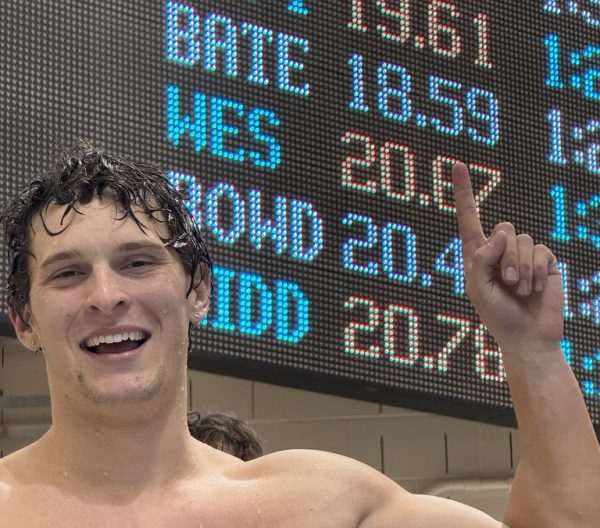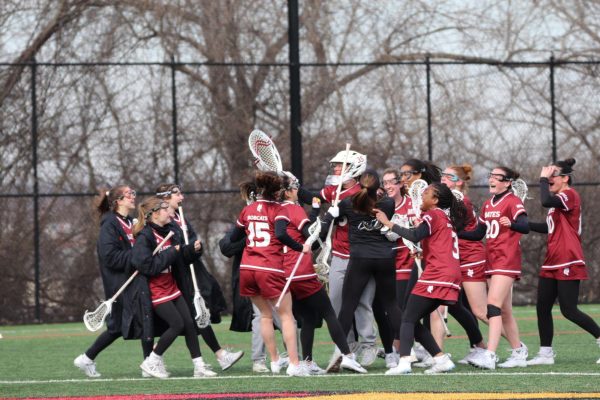Detailing the NCAA’s “Resocialization of Sport” and What It Means for Fall Sports at Bates
The NCAA released a memo on May 1 entitled “Core Principles of Resocialization of Sport” which laid out nine core principles of resocialization of college sports, as well as a three phase plan to serve as guidelines for colleges as they consider the fall athletic season.
The core principles recognize that mandates which come from the national, state and local levels supersede any overarching decision made by the NCAA. This memo also acknowledged that the academic institutions must have guidelines in place for students, coaches and staff that would allow for a safe and responsible reinstatement of college sports. The institution must also be in a position to assess, test, and respond to COVID-19.
The three phases of resocialization are not dissimilar to those being used by states around the US that are attempting to reopen businesses and public spaces. The first phase is extremely cautious, with only small gatherings of 10 permitted, strict social distancing, minimized nonessential travel, and utilization of virtual meetings wherever possible.
When a phase has been implemented successfully for 14 days with no indication of any new outbreaks, colleges and universities may proceed to the next phase.
Phase two is essentially the same as phase one, encouraging the protection of vulnerable populations, as well as vigilance from those who have begun resocialization. Larger, socially-distant events of up to 50 people can occur.
Phase three allows for the more vulnerable populations to resume in-person activities, so long as they minimize risk for themselves as much as possible. This phase would represent a return to normalcy, except with social distancing and increased sanitation
The memo does not detail any sort of timeline for these phases, leaving the question of the possibility of sports this fall unanswered. More importantly, the NCAA has little control in this situation; it is down to the institution, and more likely, the state and federal governments, to decide when it is time to play again. However, given recent COVID-19 trends, statistics, and forecasts in Maine, Bates and its NESCAC neighbors may be in one of the more favorable situations.
“If you read the NCAA memo, you could be overwhelmed by all the steps that need to take place,” head Women’s Cross Country Coach Jennifer Hartshorn said. “But then, if you take a step back you realize that this is all stuff happening at the state level right now. It’s exciting that Maine just increased its testing capability as this will obviously play a role in getting students back in the classrooms.”
On May 8, there were just 39 new confirmed infections, according to the Institute for Health Metrics and Evaluation. Thirty-nine infections fell at a little under half of the estimated infections for that day, 71, and by July 1, Maine is estimated to have just four new infections.
For Bates, this news could not be more welcome. Of course, returning students may potentially bring COVID-19 back to campus, but President Clayton Spencer and the Fall Planning Committee would have a plan in place for this to happen safely were Bates to return to in-person classes in the fall. From President Spencer’s most recent communications, Bates seems to be strongly committed to in-person classes in some form or another, but that final decision and what that may look like has yet to be made.
She touched on this and the potential return of athletics in her Q&A for Bates Parents on May 5, “The first order of business is to figure out how we can open this college, get our students here safely, keep the community safe. Get our students in classes with their professors, in residence halls, feeding them safely, etc. Then immediately the next band is what about all the other aspects of the experience, and athletics is a big one.”
Like with in-person classes, President Spencer and Director of Athletics Jason Fein are committed to try and bring back sports this fall, but even if they return, the reality is that they may not operate as normal. The NCAA memo made no mention of regional or national competition, which begs the question of potentially not having any sort of championship season. For Bates, there are options that include potentially completely unrestricted play ranging all the way to not having fall sports. There’s a possibility of competing only against other schools in Maine.
“‘Normal’ may still be a long ways away and it will require all of us to be extremely flexible in our planning and expectations as our public health officials determine the best and safest approach to take with regard to the virus,” head Men’s Cross Country Coach Al Fereshetian wrote.
Just as with the academic side of this situation for next fall, athletics are cautiously optimistic for a return, but only cautiously. It is likely that both in-person classes and sports are able to resume, but in a limited fashion for both. Bates and the NCAA are both at the mercy of the developments of COVID-19, and while the numbers are becoming more and more positive in terms of a return to normalcy, no institution is out of the woods yet. This next month and a half will be critical in dictating what the fall will look like for Bates students and others around the country.
Your donation will support the student journalists of Bates College and help us cover our annual website hosting costs.

Jackson Elkins is a senior from South Deerfield, Mass. He is a double major in Economics and European Studies with a minor in German Language and Culture....


